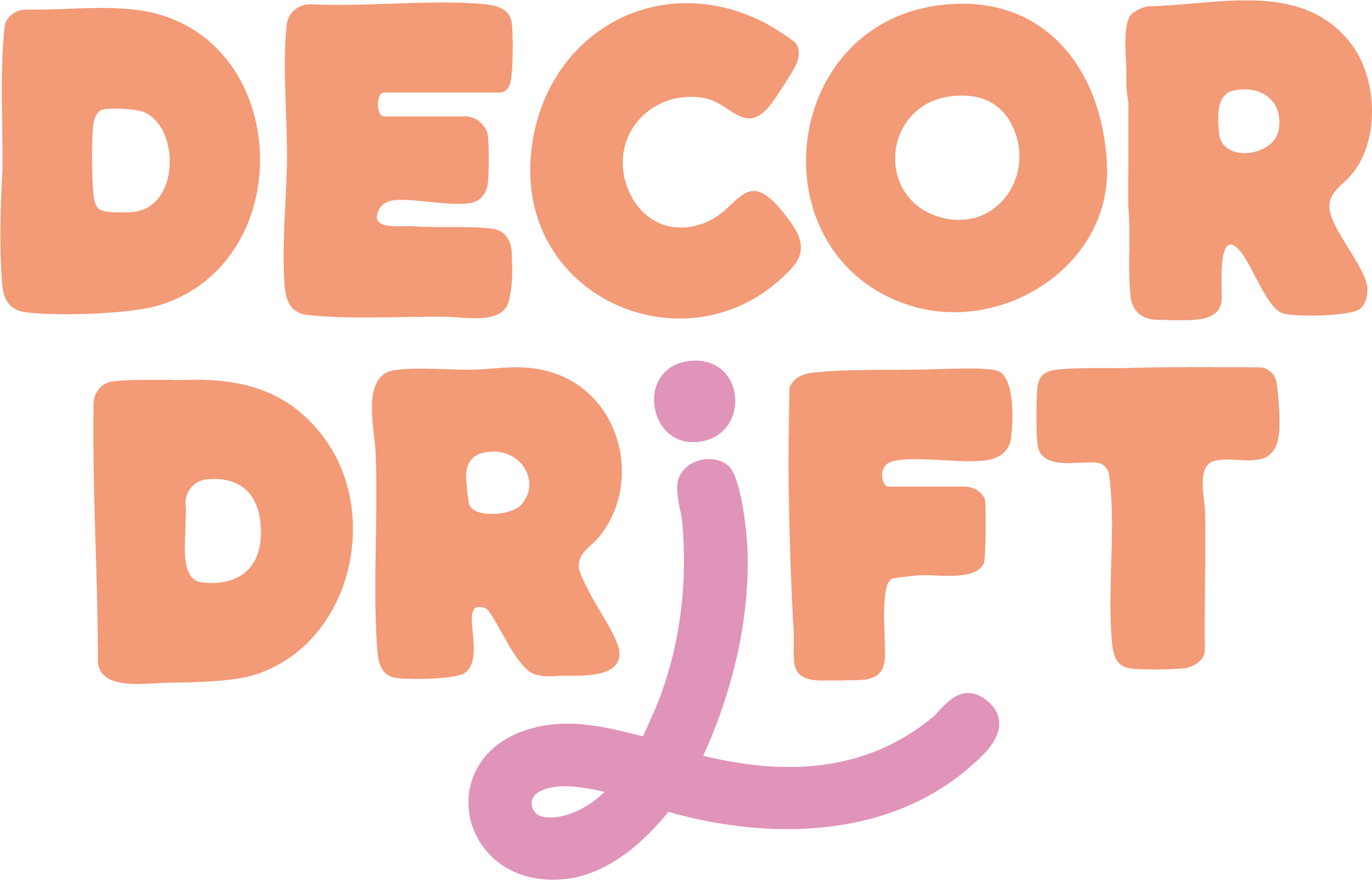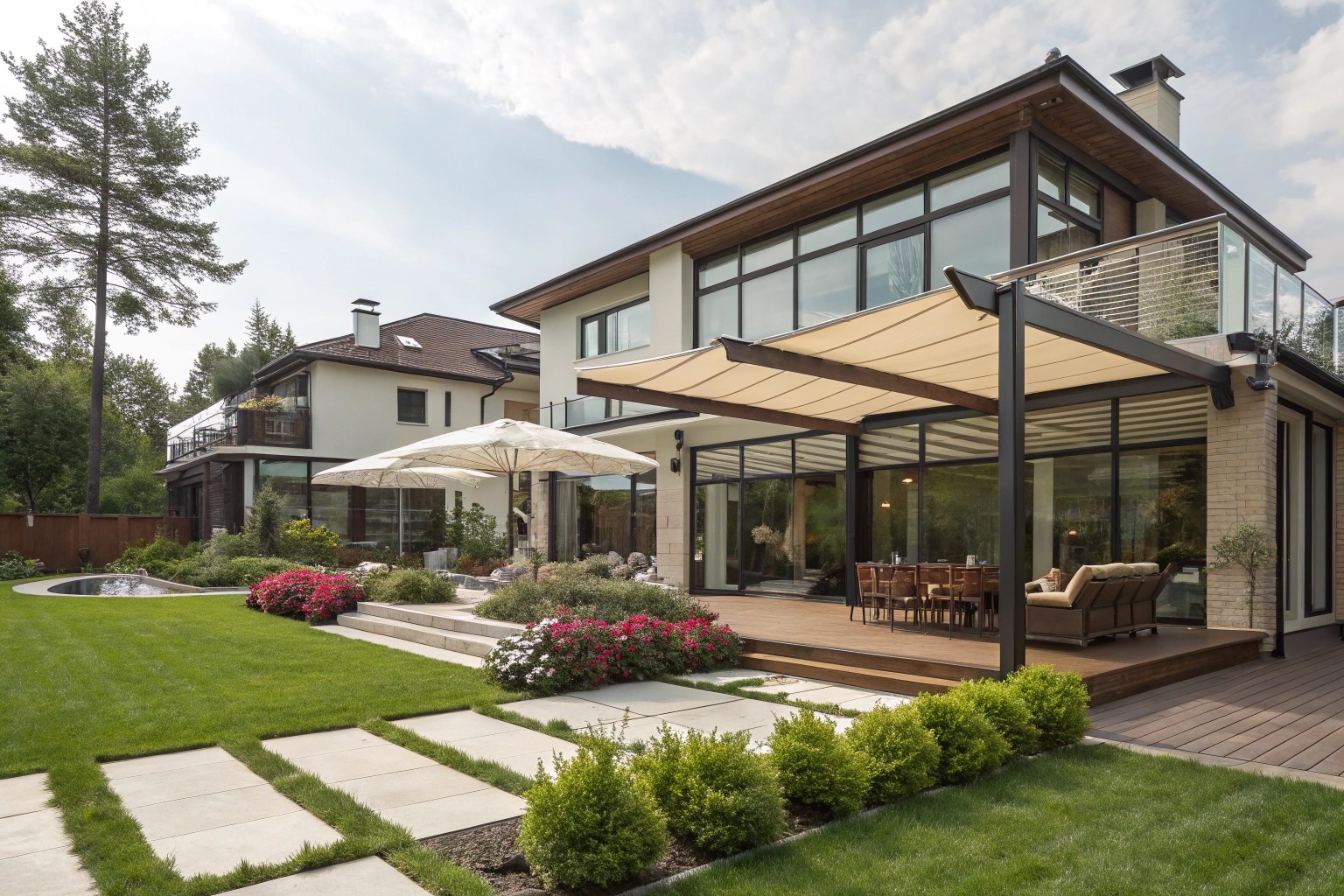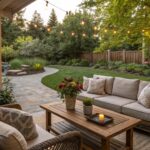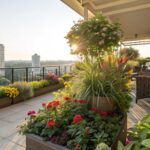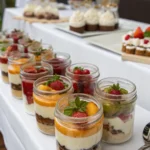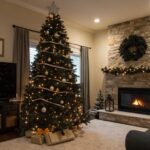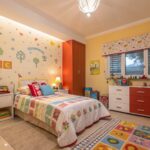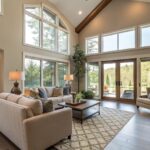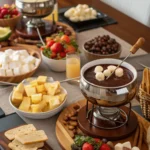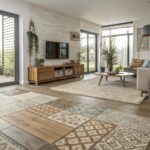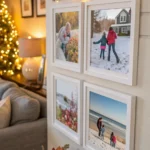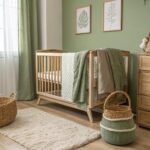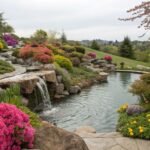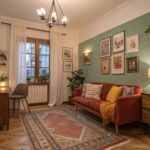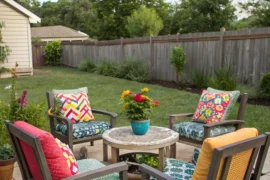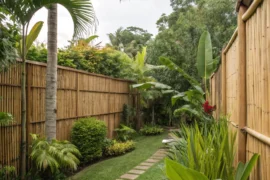Shade transforms outdoor spaces from uncomfortably hot areas into livable extensions of our homes. After designing outdoor environments for hundreds of clients, I’ve found that temporary shade solutions often provide the perfect balance of functionality, aesthetics, and flexibility. This guide explores the most effective non-permanent shade options, drawing from real-world applications and practical experience to help you create comfortable outdoor spaces without the commitment of permanent structures.
Understanding Your Shade Needs
Before selecting any shade solution, you need to assess what your specific space requires.
Landscape designer Maria Henderson highlights a common pitfall: clients often acquire shade solutions without first grasping their unique sun exposure patterns. This preliminary assessment ensures your chosen solution will provide coverage when and where you need it most.
Assessing Your Space
Consider how the sun travels across your property throughout the day. Morning eastern exposure differs dramatically from afternoon western exposure. South-facing areas (in the Northern Hemisphere) receive the most intense sunlight throughout the day and typically require the most robust shade solutions.
I recommend spending a day tracking sun patterns across your space, noting when different areas receive direct sunlight. This simple exercise has saved many clients from investing in inadequate solutions.
Determining Coverage Requirements
The purpose of your outdoor space dictates the type of shade needed:
- Dining areas benefit from concentrated, adjustable coverage
- Lounge spaces often need broader, more consistent shade
- Play areas require maximum UV protection during peak hours
- Walkways might need intermittent shade points rather than complete coverage
Seasonal Considerations and Climate Factors
Your geographic location and seasonal needs should influence your shade strategy. In the American Southwest, you might need year-round protection, while Northeast homeowners often focus on summer solutions that can be stored during winter months.
TABLE: Shade Needs Assessment Checklist
| Factor | Questions to Consider | Impact on Solution Selection |
|---|---|---|
| Sun Exposure | Which direction does your space face? What times need shade most? | Determines placement and angle needed |
| Area Size | What square footage requires coverage? | Influences size and number of elements |
| Wind Exposure | Is your area prone to strong breezes or gusts? | Affects stability requirements and material choice |
| Seasonality | Year-round or seasonal needs? | Guides durability requirements and storage considerations |
| Aesthetics | What style complements your existing space? | Directs material and design selection |
| Budget | What’s your spending range? | Narrows options to affordable solutions |
| Mobility | How often will you need to reposition shade? | Determines weight and setup complexity |
Quick-Deploy Shade Solutions
These options offer immediate shade with minimal installation effort.
Umbrellas: Versatile and Classic

Market umbrellas and cantilever umbrellas remain among the most popular temporary shade options for good reason.
Outdoor living expert Jason Miller praises the versatility of quality cantilever umbrellas, highlighting their ability to offer substantial coverage while allowing adjustments as the sun moves.
Market umbrellas cost between $150-$700 depending on size, material quality, and features. They work exceptionally well for smaller spaces, especially when centered over dining tables. Their limitation is the central pole, which can restrict furniture placement.
Cantilever umbrellas offer offset positioning, keeping the support pole out of your usable space. While more expensive ($300-$700), they provide better flexibility and often cover larger areas.
Pop-up Canopies and Tents
For immediate shade over larger areas, pop-up canopies deliver exceptional value. These portable structures typically deploy in 10-20 minutes and provide substantial coverage for gatherings, temporary workspaces, or seasonal use.
In my practice, I frequently recommend pop-up canopies for clients hosting outdoor events or needing quick shade solutions. They’re particularly valuable for young families creating play spaces that need frequent repositioning throughout the day as the sun moves.
Shade Sails: Modern Aesthetics with Excellent Coverage
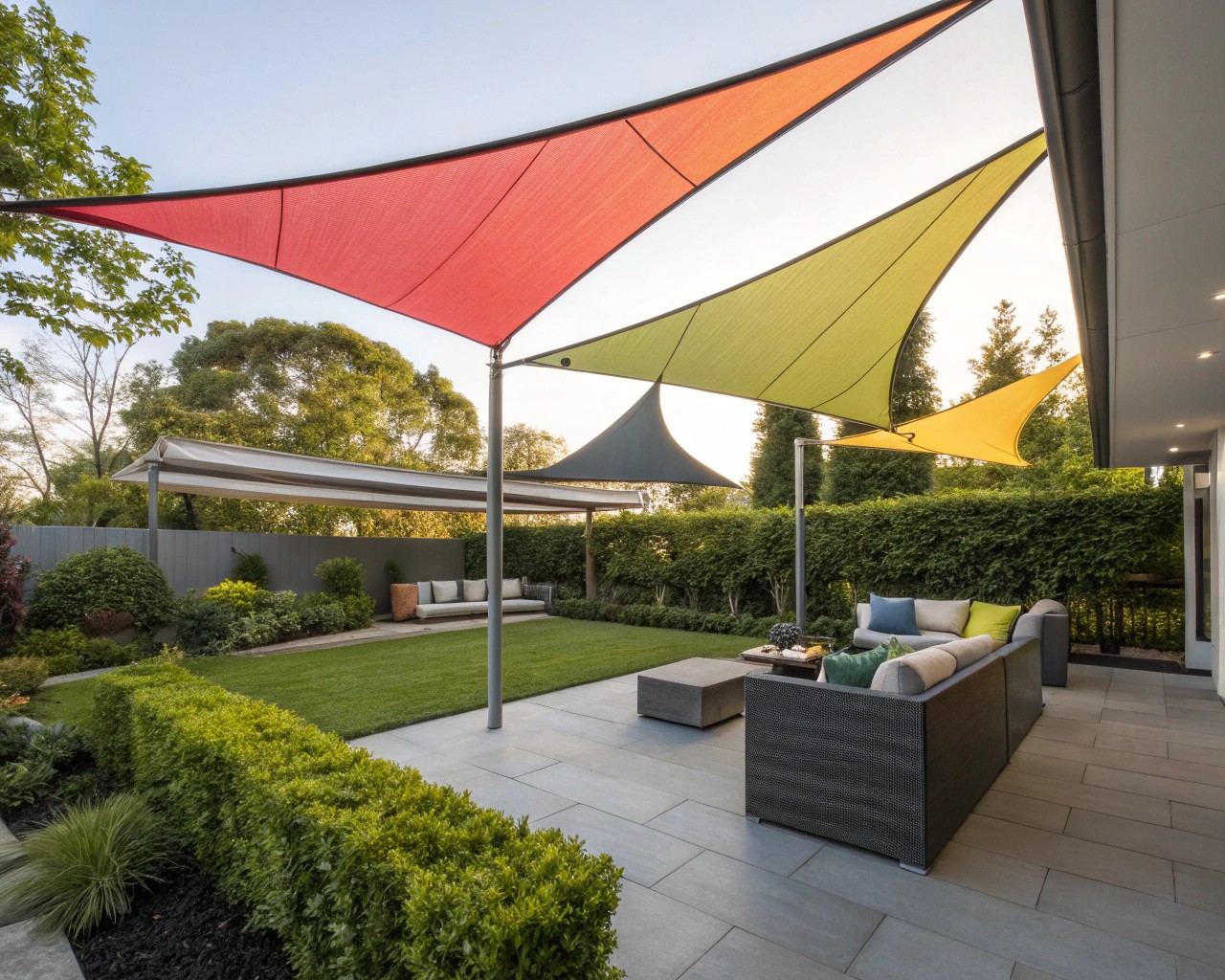
Shade sails have revolutionized temporary shade design with their contemporary appearance and excellent protection. These tensioned fabric panels come in various shapes (triangular, rectangular, or square) and create architectural interest overhead while blocking up to 97% of harmful UV rays.
For most residential applications, I recommend triangular sails installed with at least a 15-degree angle to allow water runoff. Their modern appearance complements almost any architectural style, from mid-century to contemporary farmhouse.
Installing shade sails typically takes 30-60 minutes for initial setup, with costs ranging from $200-$800 depending on size, quality, and configuration. The investment delivers an excellent balance of aesthetics and functionality.
LIST: Quick Comparison of Portable Options
- Market Umbrellas: Best for dining areas; $150-$300; setup time: 5 minutes; coverage: 36-100 sq ft
- Cantilever Umbrellas: Best for seating areas; $300-$700; setup time: 10 minutes; coverage: 80-120 sq ft
- Pop-up Canopies: Best for events/gatherings; $100-$300; setup time: 10-20 minutes; coverage: 100-200 sq ft
- Shade Sails: Best for modern aesthetics; $200-$800; setup time: 30-60 minutes; coverage: 40-400 sq ft
- Retractable Awnings: Best for attached patios; $700-$3,500; professional installation; coverage: 80-300 sq ft
Semi-Permanent Fabric Solutions
When you need substantial coverage that can still be removed or modified seasonally, consider these options.
Retractable Awnings
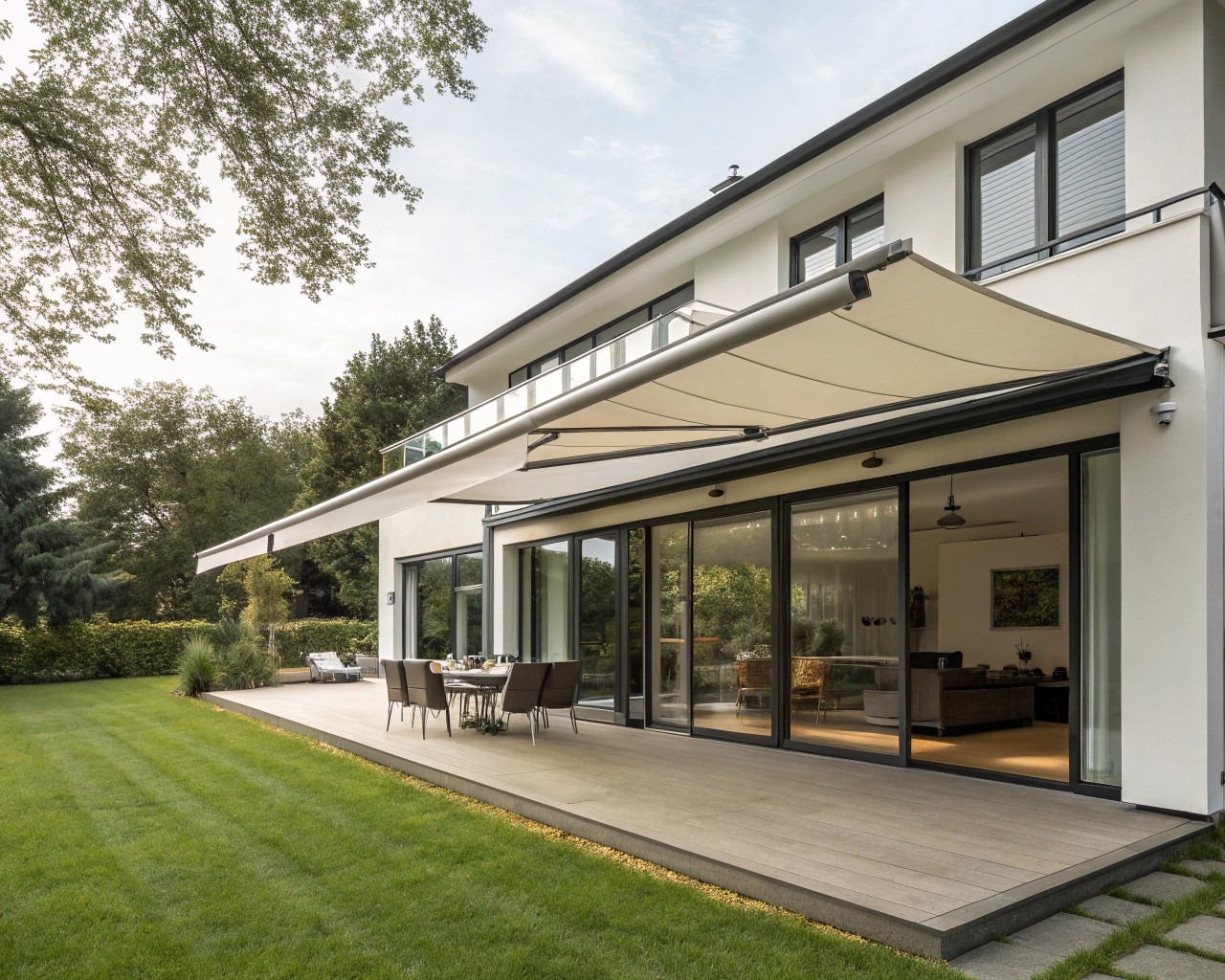
Retractable awnings offer on-demand shade for spaces directly adjacent to buildings. They extend when needed and retract for storage during harsh weather conditions.
Installation specialist Carlos Mendez frequently witnesses how these awnings transform previously unusable, sun-scorched patios into favorite gathering spots for clients.
Modern options include motorized systems with wind sensors that automatically retract during gusts. Costs range from approximately $700 for manual systems to $3,500 for high-end motorized versions.
Fabric-covered Pergolas and Gazebos
While traditional pergolas are permanent structures, modern “soft-top” versions offer the appearance of permanence with the ability to remove or replace the canopy seasonally.
These structures typically feature metal frames with fabric covers that can be removed during winter months or severe weather. They provide substantial shade while maintaining air circulation, creating comfortable outdoor rooms even during warmer months.
In my design practice, I’ve found these hybrid structures particularly valuable for clients who want a more defined outdoor room without the commitment or expense of permanent construction. Costs range from $500-$5,000 depending on size, materials, and features.
Waterproof vs. Permeable Fabrics
The choice between waterproof and permeable shade fabrics significantly impacts functionality:
Permeable shade cloth allows air and some water to pass through, reducing wind stress on the structure and preventing water pooling. These materials typically block 70-95% of UV rays while allowing for better airflow.
Waterproof fabrics (like PVC or PTFE) provide complete protection from rain but can trap heat underneath unless properly ventilated. These materials offer excellent multi-weather protection but typically cost 30-50% more than permeable options.
TABLE: Fabric Options Comparison
| Fabric Type | UV Protection | Water Resistance | Wind Resistance | Lifespan | Cost/sq ft |
|---|---|---|---|---|---|
| HDPE Shade Cloth | 85-98% | Moderate (drains through) | Excellent | 5-10 years | $2-5 |
| Acrylic Canvas | 95-98% | Good (water-repellent) | Good | 5-8 years | $4-8 |
| PVC | 98-100% | Excellent (waterproof) | Good | 10-15 years | $5-12 |
| PTFE | 98-100% | Excellent (waterproof) | Excellent | 15-25+ years | $15-30 |
| Polyester | 90-95% | Varies by treatment | Moderate | 3-7 years | $2-6 |
Natural Shade Solutions
Nature provides some of the most effective and aesthetically pleasing shade options.
Strategic Tree Placement
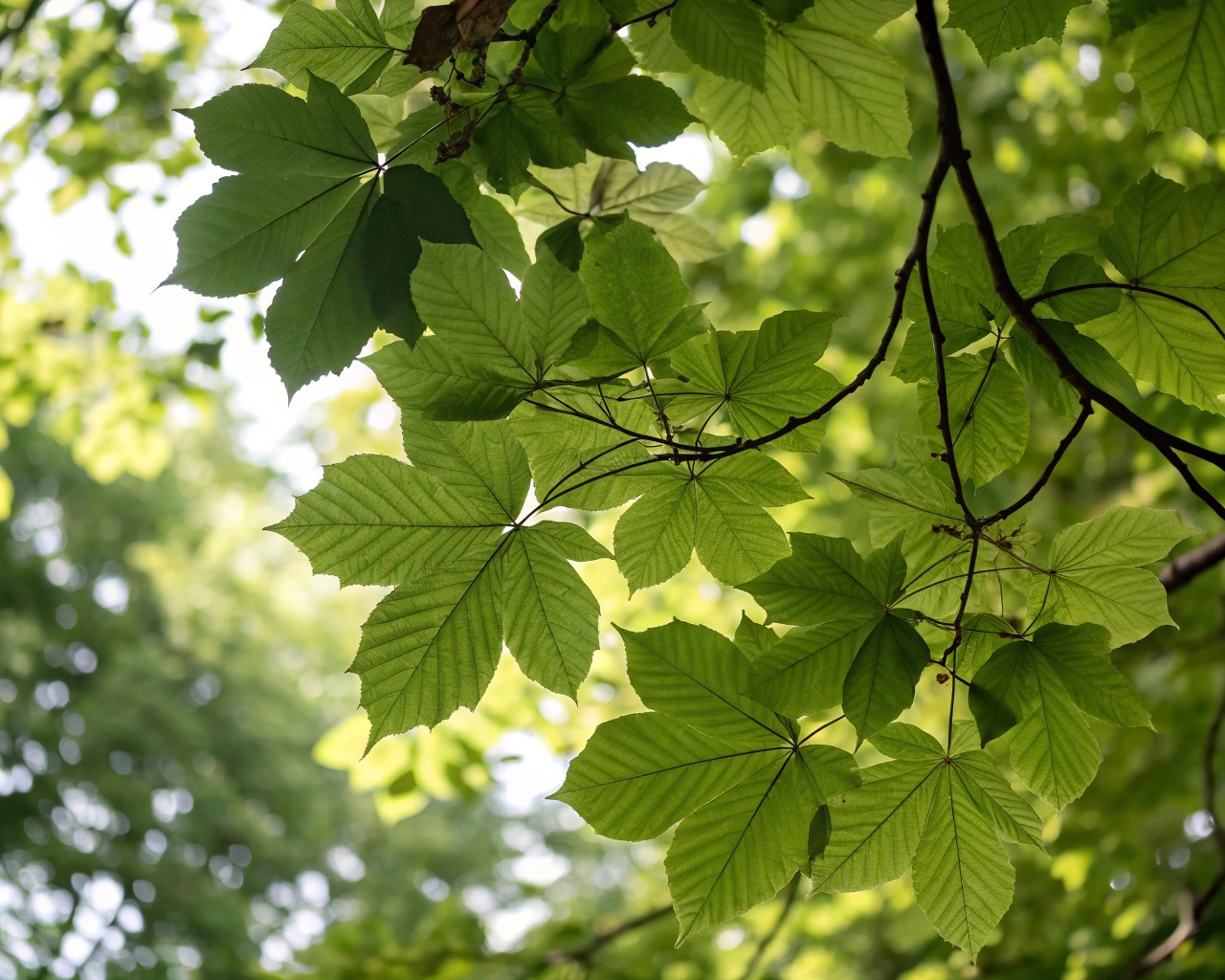
Trees offer the ultimate sustainable shade solution. While not typically considered “temporary,” many fast-growing varieties can provide significant shade within just 2-3 growing seasons.
When working with particularly sun-exposed properties, I often recommend a combination of quick temporary solutions with a long-term tree planting strategy. The fabric options provide immediate relief while the trees mature to eventually take over the shade-giving role.
Some excellent fast-growing shade trees for American landscapes include:
- Red Maple (Acer rubrum): 1-2 feet growth per year
- Tulip Poplar (Liriodendron tulipifera): 2+ feet per year
- Northern Catalpa (Catalpa speciosa): 1-2 feet per year
- River Birch (Betula nigra): 1.5-2 feet per year
Vine-Covered Temporary Structures
One of my favorite design techniques combines simple frames with fast-growing annual vines. A basic PVC or metal pipe frame covered with morning glory, moonflower, or hyacinth bean vine can create a living shade canopy in just 6-8 weeks.
This approach costs as little as $50-100 for materials and seeds, creating a stunning natural canopy that changes throughout the growing season. I’ve implemented this solution for clients on tight budgets with remarkable success.
Potted Trees and Large Plants
For truly temporary and mobile shade, large container plants offer excellent flexibility. Potted trees, tall grasses, and large-leaved tropicals can be positioned to create shade exactly where needed.
“I keep three large containers with banana plants on casters,” shares client Emma Rodriguez. “We roll them around our patio to create shade wherever we need it throughout the day. It’s been the perfect solution for our changing needs.”
Creative Solutions for Specific Contexts
Different settings require unique approaches to temporary shade creation.
Backyard Play Areas
When designing shade for children’s play spaces, safety and UV protection take priority. For these areas, I typically recommend shade sails with 95%+ UV blocking capabilities installed at sufficient height to allow for play equipment clearance.
One client in Phoenix transformed their previously unusable backyard play area using a triangular sail system that reduced ground temperatures by up to 15°F and allowed their children to play outside even during summer months.
Urban Balconies and Rooftops
Limited attachment points and building regulations make urban settings particularly challenging for shade solutions. For these spaces, weighted umbrella bases, clamp-on balcony umbrellas, and self-standing shade structures often provide the best solutions.
“Our rooftop patio was unusable from May through September until we installed a custom shade sail system,” reports client Michael Chen. “The sails attach to removable poles in planters, satisfying building regulations while creating a beautiful, usable space.”
Temporary Event Spaces
For special events and gatherings, pop-up canopies and quick-deploy sail systems offer excellent solutions. These can be installed just before the event and removed afterward, providing necessary protection without permanent changes.
We recently created a wedding venue in a client’s backyard using a series of overlapping shade sails in white, creating an elegant canopy that provided both sun protection and a beautiful backdrop for photos.
TABLE: Real-World Shade Applications
| Setting | Challenge | Solution Implemented | Approximate Cost | Results |
|---|---|---|---|---|
| Suburban Backyard | Hot western exposure making afternoon use impossible | Overlapping triangular shade sails with removable posts | $1,200 | Temperature reduction of 12°F; extended usable hours by 4+ daily |
| Urban Rooftop | Building codes prohibiting permanent structures | Weighted-base cantilever umbrellas and potted trees | $1,800 | Created usable dining and lounge space with 75% coverage |
| School Playground | Need for UV protection without permanent construction | Commercial-grade shade sails with removable winter storage | $5,000 | Reduced playground surface temps by 15-20°F; increased outdoor activity time |
| Restaurant Patio | Seasonal outdoor dining needing winter removal | Retractable awning system with side curtains | $4,500 | Extended outdoor dining season by 8 weeks; increased seating capacity by 40% |
Installation and Maintenance Tips
Proper installation and maintenance dramatically extend the life of temporary shade structures.
Secure Anchoring Methods
The primary failure point for most temporary shade structures is inadequate anchoring. For residential applications, I recommend:
- For Umbrellas: Minimum 50-pound bases for standard umbrellas, 100+ pounds for cantilever styles
- For Shade Sails: Anchoring to structural elements (posts, beams) rather than decorative features
- For Pop-up Canopies: Always use proper ground stakes, even on calm days, or weight bags with minimum 40 pounds per corner
Proper Tensioning for Fabric Elements
Shade sails and fabric canopies must be properly tensioned to prevent water pooling, wind damage, and premature stretching. I’ve seen countless DIY installations fail because of inadequate tension.
The ideal installation creates a slight curve or hypar design (high points and low points) that encourages water runoff while maintaining tension on all sides. This approach not only looks better but significantly extends the life of your shade system.
Seasonal Care and Storage
Most fabric shade elements should be removed and stored during severe weather and off-seasons. Proper cleaning before storage prevents mold growth and fabric degradation:
- Clean with mild soap and water (never harsh chemicals)
- Allow to dry completely before folding
- Store in a cool, dry place away from rodents
- Fold rather than stuff to prevent permanent creasing
I’ve found that clients who properly store their shade elements typically get 2-3 times the lifespan compared to those who leave them exposed year-round.
Case Studies: Real-World Transformations
Let me share some specific examples where temporary shade solutions dramatically transformed outdoor spaces.
Case Study 1: Urban Courtyard Revival
A small courtyard in Boston received just 2 hours of shade during summer days, making it virtually unusable during warmer months. Working with the homeowners’ modest budget ($800), we installed a system of overlapping triangular shade sails in a hypar design, attaching them to the building, existing fence posts, and one newly installed support pole.
The result reduced ambient temperatures by approximately 8-10°F and created a comfortable outdoor dining and relaxation space. The homeowners report using the courtyard almost daily throughout summer, compared to weekly use before the installation.
Case Study 2: Playground Shade Project
When a Denver elementary school needed to create cooler play areas without permanent construction, we implemented a combination approach. Commercial-grade shade sails were installed over fixed equipment, while portable pop-up canopies created flexible shade zones that staff could position based on activities and sun patterns.
This multi-faceted approach reduced surface temperatures on play equipment by as much as 25°F during peak summer heat, extending usable play time by several hours daily. The school reported far fewer heat-related incidents after installation.
Case Study 3: Desert Patio Transformation
A Phoenix homeowner with a west-facing patio unusable from 2pm-8pm during summer implemented a comprehensive approach combining:
- Two overlapping shade sails providing 90% coverage
- Potted desert trees creating side screening from low-angle sun
- Misters installed around the perimeter for additional cooling
The combined solution reduced the ambient temperature by 15°F and transformed an unused space into the family’s favorite outdoor area. Total cost was approximately $1,400, significantly less than a permanent structure would have required.
